Can Nail Fungus Spread To Skin? Prevention And Treatment Tips
Can Nail Fungus Spread To Skin? Prevention And Treatment Tips
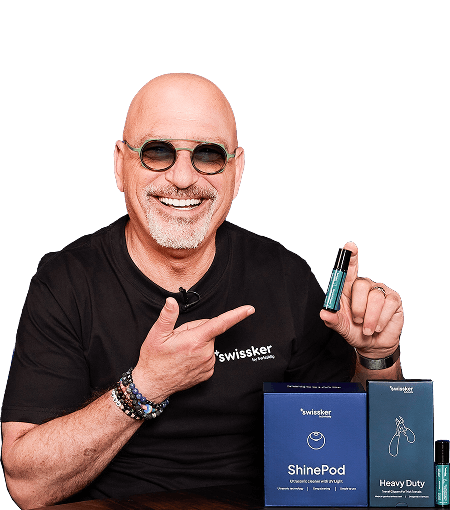
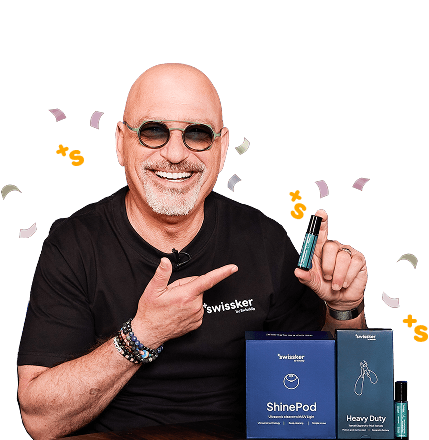


Free Fast Shipping on Orders Over $60


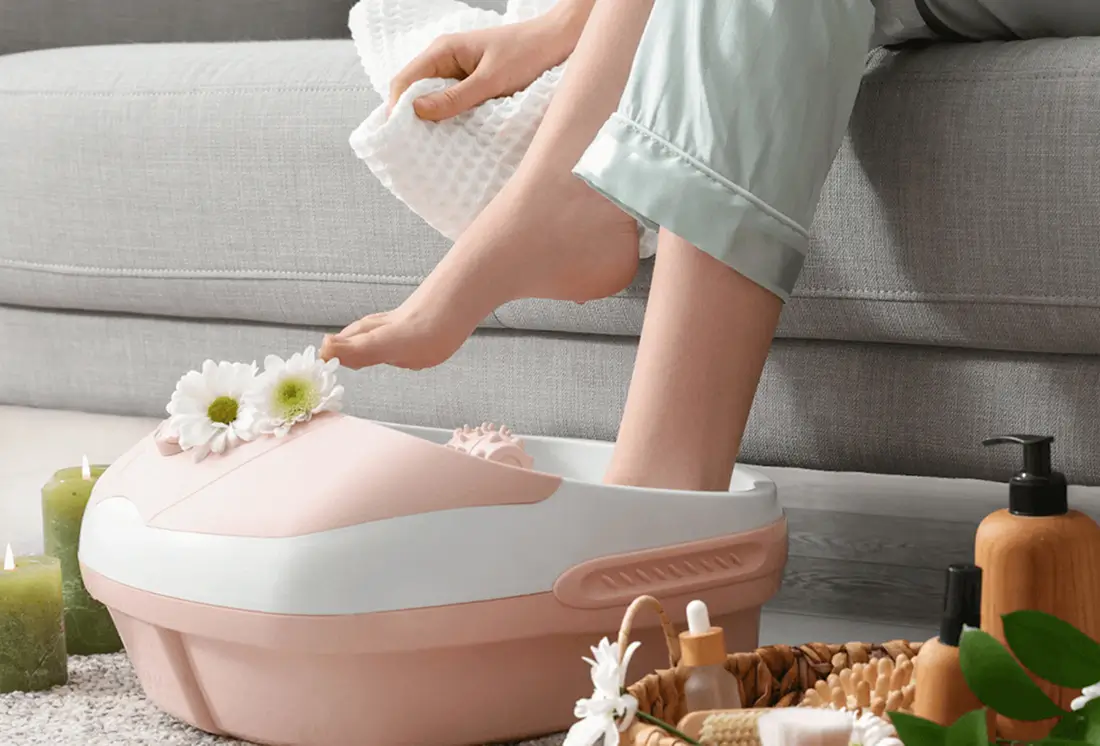

Toenail fungus develops when microscopic organisms called dermatophytes or yeasts get into the nail bed, usually through small cracks or breaks in the skin. These fungi thrive in warm, damp environments like sweaty shoes, public showers, and locker rooms. Some common causes and risk factors include:
Note: Fungal nail infections thrive in warm, damp environments. Proper foot hygiene is crucial not only to prevent fungal nail infections but also to help treat them.
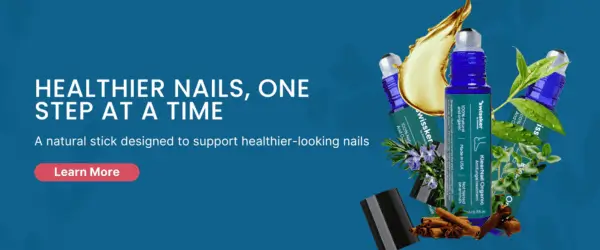

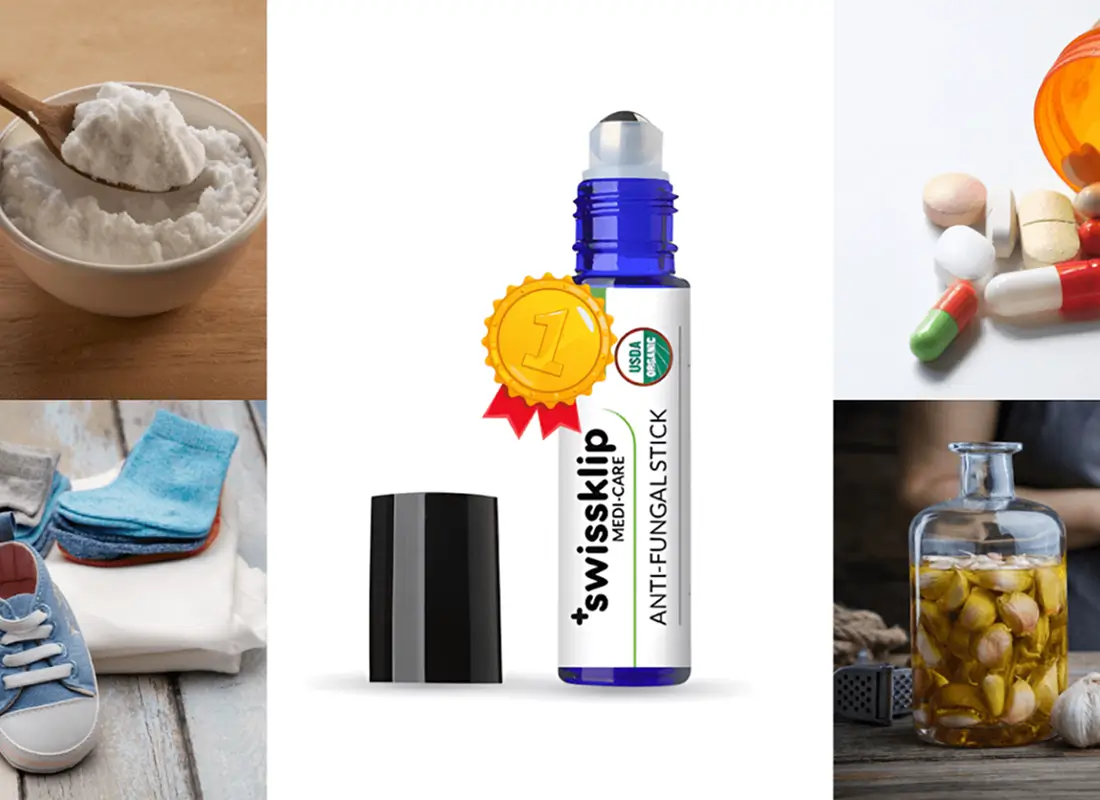

Here’s how to treat toenail fungus at home effectively using a mix of natural remedies, hygiene upgrades, and trusted tools. While not all methods work instantly, consistency is key to managing and reversing the infection.
Our top choice for treating toenail fungus at home, this stick is formulated for deep penetration and daily use, which has proven to be a quick treatment for toenail fungus. It’s easy to apply and perfect for targeting the nail bed where the fungus lives. A great choice if you want an easy, effective routine with no mess.
When you first use the Swissker Anti-Fungal Stick, you might notice your nail turning yellow or brown. This is a natural reaction between the fungus and the active ingredients, which actually indicates that the product is working effectively.
Rather than being a concern, this change can be seen as a sign that the treatment is tackling the problem at its source in a quick manner.
You need 100% pure tea tree oil or products with high concentrations to make the most out of this remedy.
Usually applied by using a cotton swab, you need to apply twice daily directly to the affected nail and surrounding skin, while making sure the oil reaches the nail bed.
This type of treatment would take at least 6 months or longer to completely cure toenail fungus due to slow toenail growth and the difficulty in eradicating the fungus.
Considerations: Avoid ingestion. Tea Tree Oil is toxic if swallowed. Additionally, you might notice some side effects such as skin irritation, redness, itching, or in some cases, allergic reactions, especially if applied undiluted or on sensitive skin.
Many swear by baking soda for toenail fungus.
The way this works is, you need to make a thick paste using baking soda and water, apply it to the nail, leave it for 10 to 15 minutes, then rinse and dry. Baking soda may help neutralize fungal-friendly acidity.
Keep in mind that this would only work on the early stages of nail fungus, and might take several weeks to see improvements.
Note: Since baking soda stops growth rather than kills the fungus directly, persistence and hygiene are key.
Note: Vinegar is usually more effective for mild fungal infections and as an adjunct treatment rather than a standalone cure.
Garlic has both antifungal and antimicrobial properties. You can apply garlic oil directly or take garlic extract supplements as a natural internal aid.
This kind of home treatment usually takes daily application for several weeks to months to see results.
Hydrogen Peroxide soaks for toenail fungus make the most out of its antiseptic and oxidizing properties to kill or inhibit fungi on the surface. Please note that evidence or research on effective fungal eradication is limited.
If you want to try Hydrogen Peroxide to eradicate toenail fungus, you need to:
This approach might take weeks to months of consistent repetition to see improvement. Additionally, this is usually accompanied by antifungal creams or ointments for enhanced and better results.
Fungal spores can hide in your footwear. Disinfect shoes with antifungal sprays and wear moisture-wicking socks. Change socks daily, especially if your feet sweat.
| Treatment | Type | Application Frequency | Ease of Use | Pros | Cons | Best For |
|---|---|---|---|---|---|---|
| Swissker KlearNail Anti-Fungal Stick | Targeted antifungal device | Daily | ★★★★★ | Deep penetration, mess-free, easy to use, precise application | Requires consistency over several weeks | People seeking an easy, no-mess solution |
| Trimming Nails (Swissker Clippers) | Supportive hygiene habit | 1–2 times/week | ★★★★☆ | Makes treatments more effective, prevents buildup | Doesn't treat fungus directly | Boosting effectiveness of other treatments |
| Tea Tree Oil | Natural remedy | Daily | ★★★★☆ | Natural antifungal, widely used, accessible | Skin irritation possible, strong smell | Fans of essential oils and natural alternatives |
| Baking Soda Paste | DIY home remedy | 10–15 min daily | ★★★☆☆ | Inexpensive, reduces moisture and acidity | Messy, limited scientific evidence | Budget-conscious users looking for easy DIY options |
| Vinegar Soaks | Natural soak | 15–20 min daily | ★★★★☆ | Cheap, mildly antifungal, good for foot odor too | Requires daily soaking time | Mild infections or maintenance |
| Garlic Oil / Extract | Natural internal + topical | Daily | ★★★☆☆ | Antifungal & antimicrobial, boosts immunity | Strong smell, potential skin irritation | People interested in internal and topical options |
| OTC Antifungal Creams/Sprays | Pharmaceutical topical | 1–2× daily | ★★★★☆ | Backed by science, fast-acting on skin fungi | Less effective on thick nails | Skin fungal infections or mild nail fungus |
| Hydrogen Peroxide Soaks | Antiseptic soak | 10 min daily | ★★★☆☆ | Disinfects surface, reduces bacteria and fungi | Can dry out skin/nails if overused | Disinfecting nails before or after treatment |
| Cleaning Shoes & Socks | Preventive hygiene | Daily | ★★★★★ | Reduces reinfection risk, improves overall foot health | Doesn’t treat existing fungus | Long-term prevention and hygiene maintenance |
Pro tip: Consistency is the key to seeing results. Most natural remedies need daily application for at least 4-12 weeks. If you need aster results, consider a more antifungal remedy.
Once you’ve treated it, you’ll want to keep fungus from coming back. Here’s how:
If left untreated, prescription oral antifungals or even laser therapy might be necessary. To prevent this, early action is a must to prevent long-term nail damage.
Knowing how to treat toenail fungus at home can save time, money, and frustration, especially if you act early. Whether you’re just noticing signs or you’ve been battling a stubborn case, combining hygiene, tools, and natural remedies gives you the best chance of success.


With a strong background in engineering and a passion for creating user-focused solutions, Adrian leads the Swissker development team with precision and innovation. Over the past decade, he has helped design and refine tools that combine cutting-edge technology with everyday practicality. Adrian is dedicated to improving quality of life through well-engineered, safe, and effective solutions, backed by rigorous research and a deep understanding of user needs. When not in the lab, he stays current with emerging trends in personal care, wellness, and health-tech innovation to ensure every product meets the highest standards.
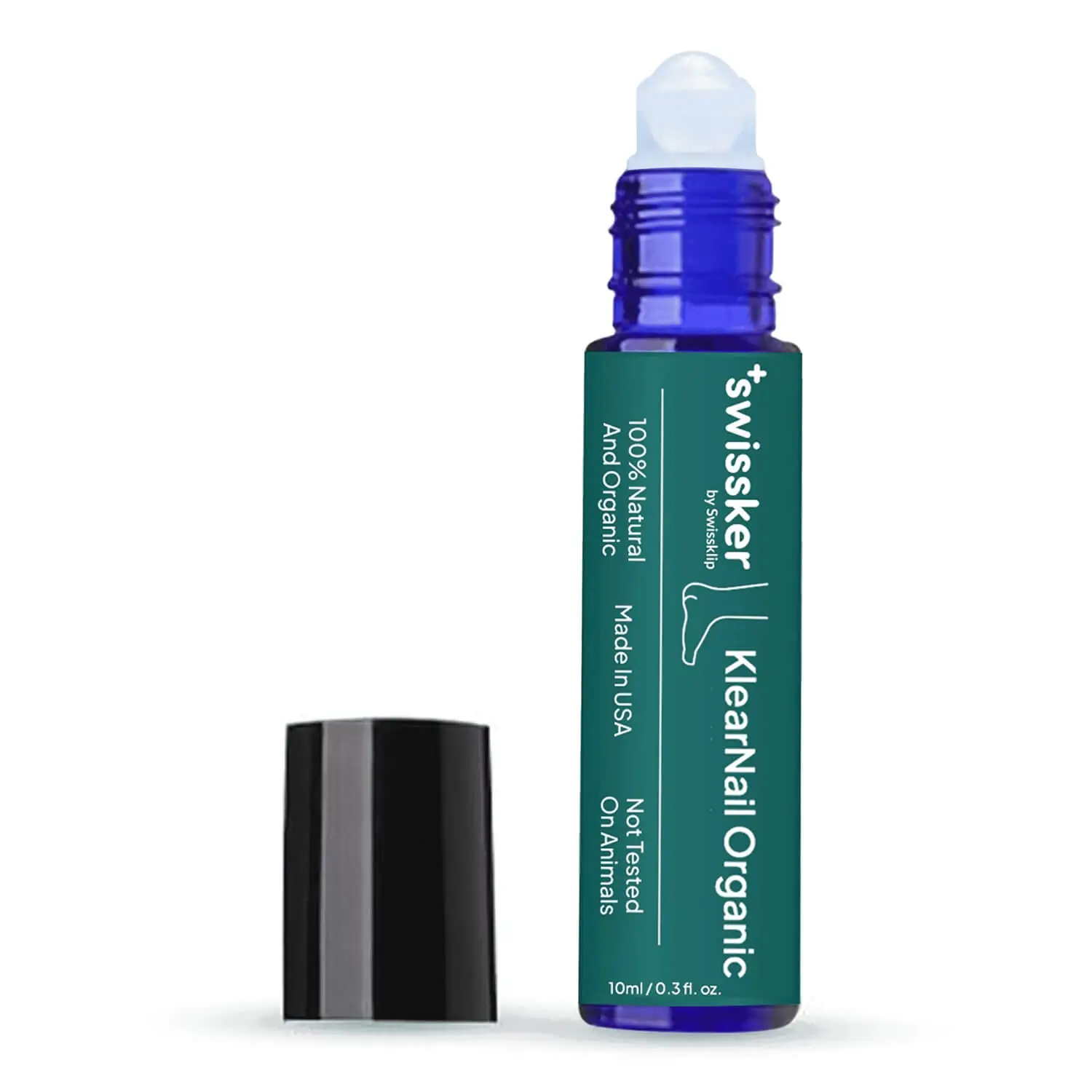

A roll-on solution that kills drug-resistant fungus on contact.
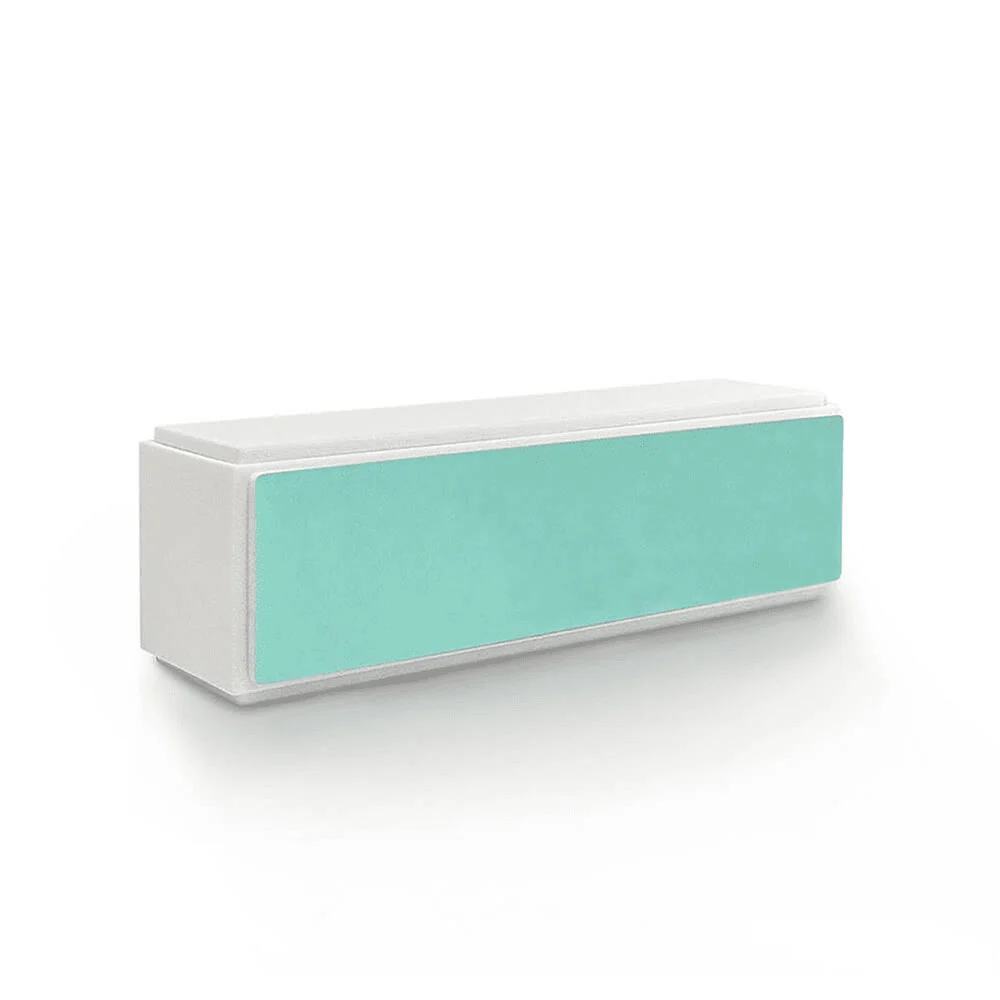

Achieve salon-quality smoothness and a dazzling natural shine
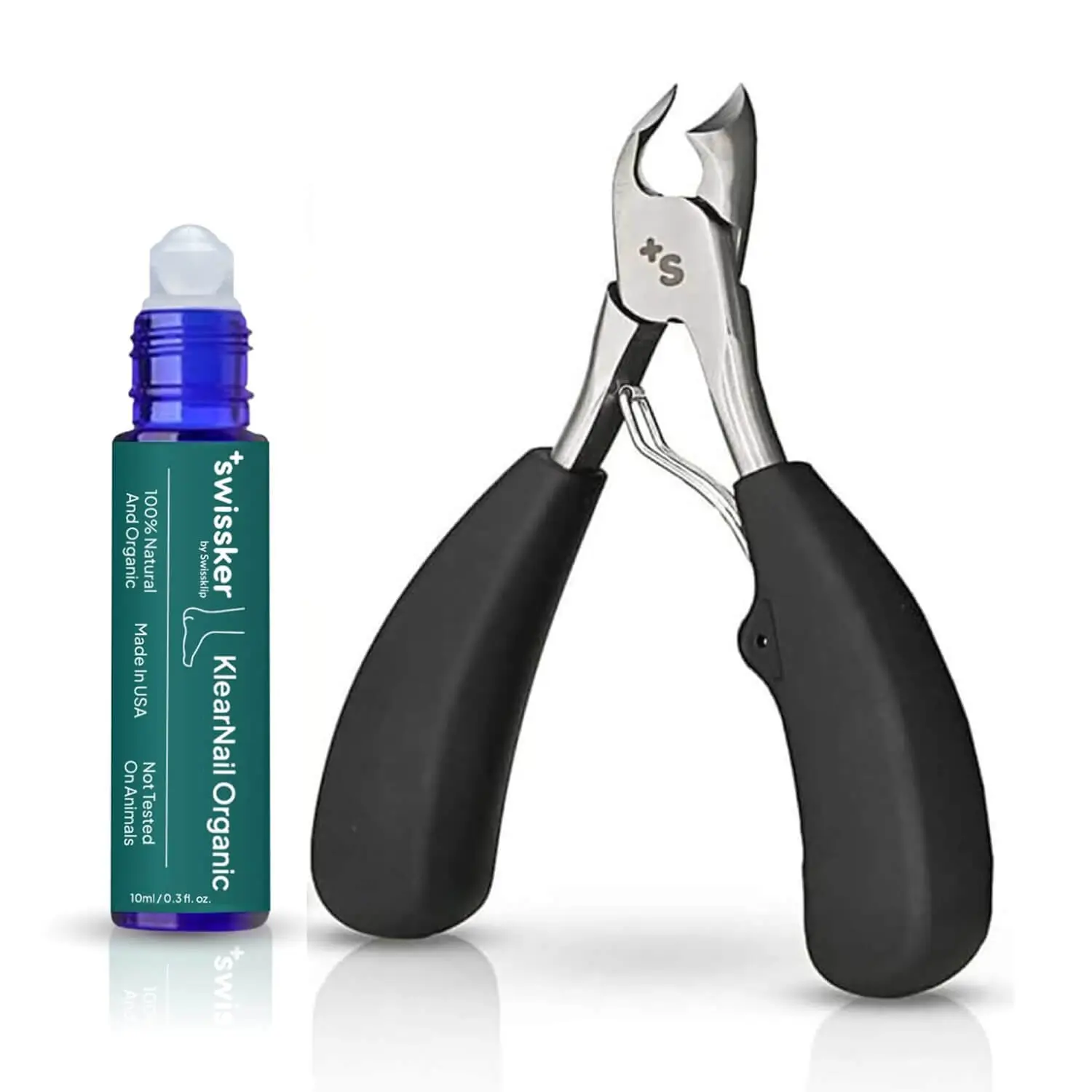

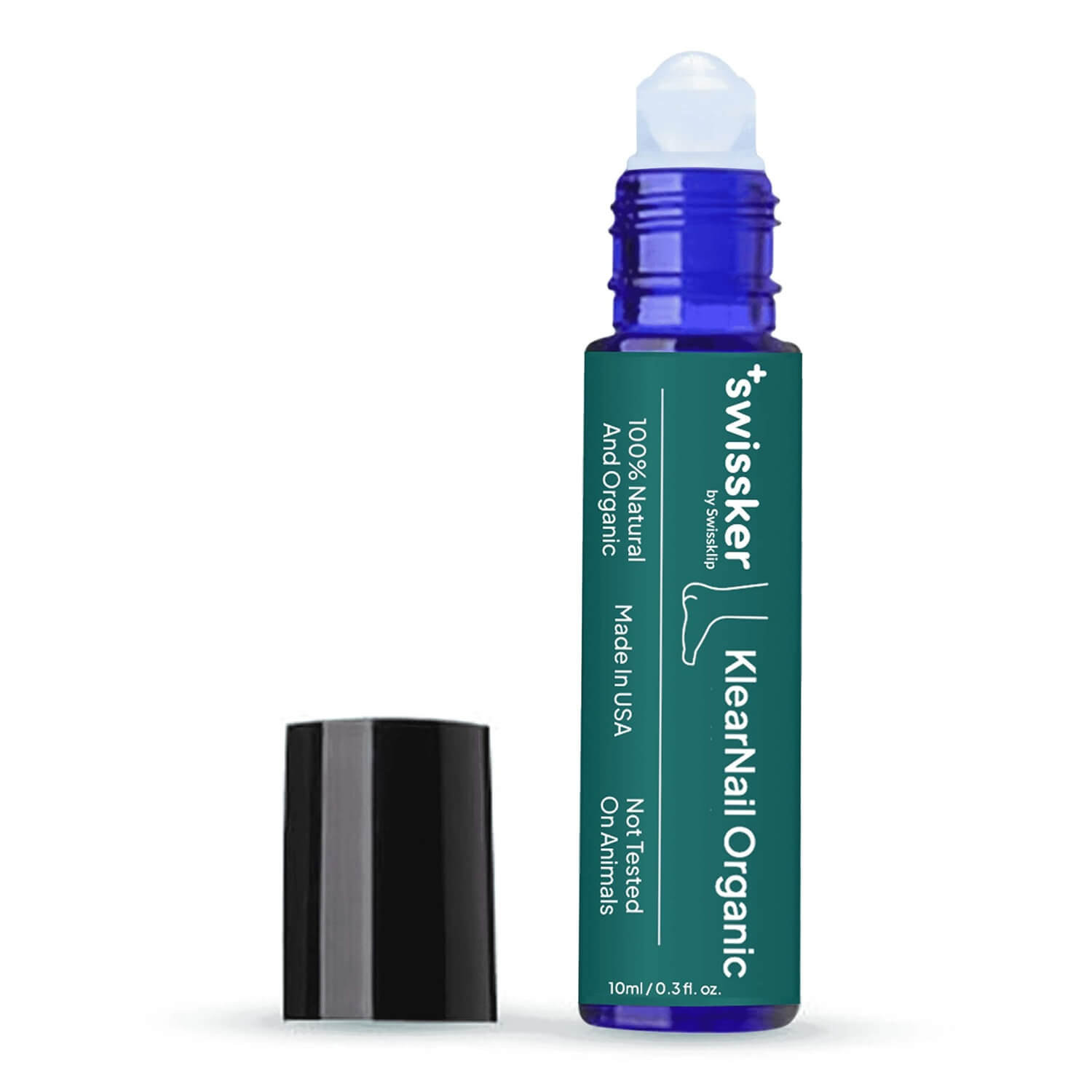

A roll-on solution that kills drug-resistant fungus on contact.
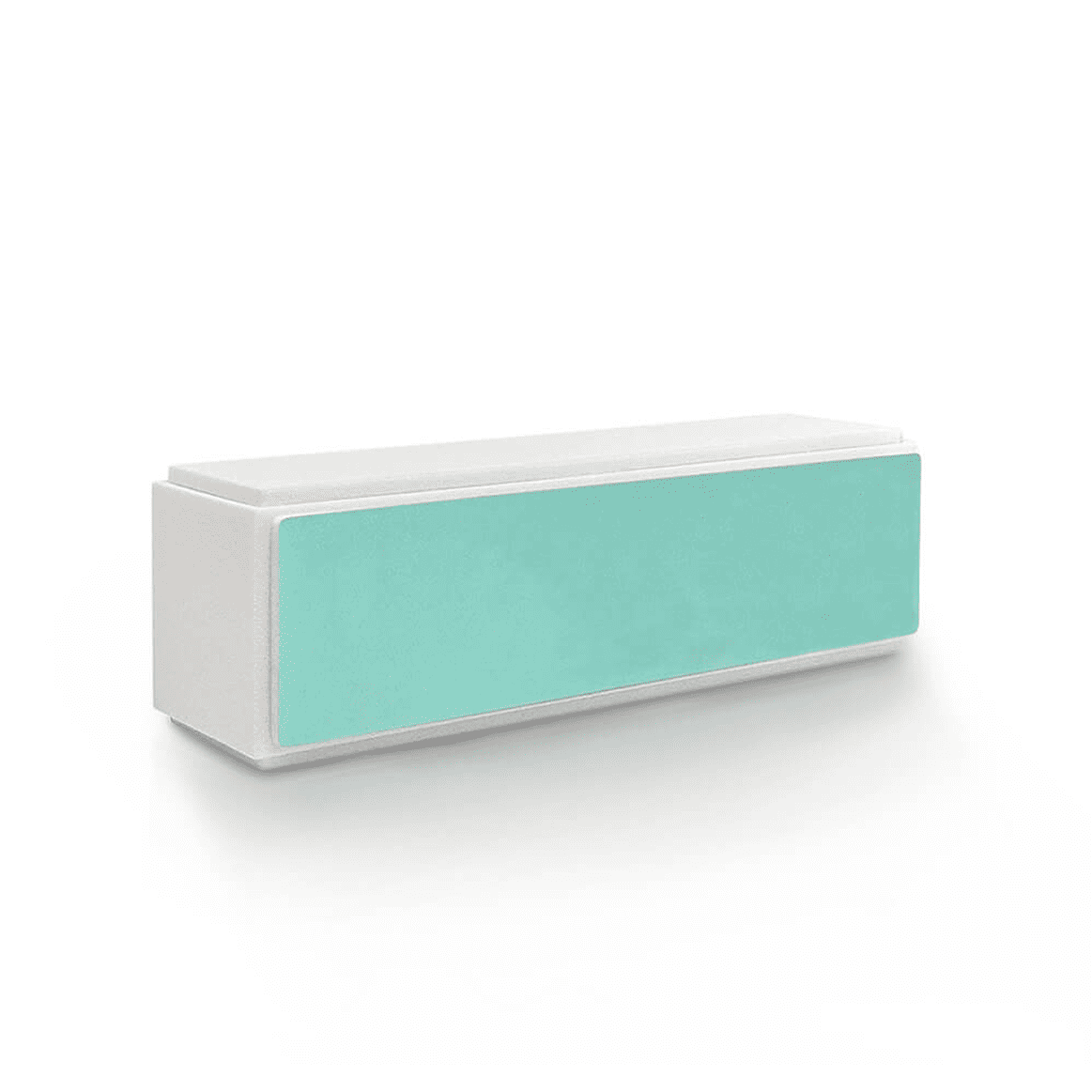

Achieve salon-quality smoothness and a dazzling natural shine
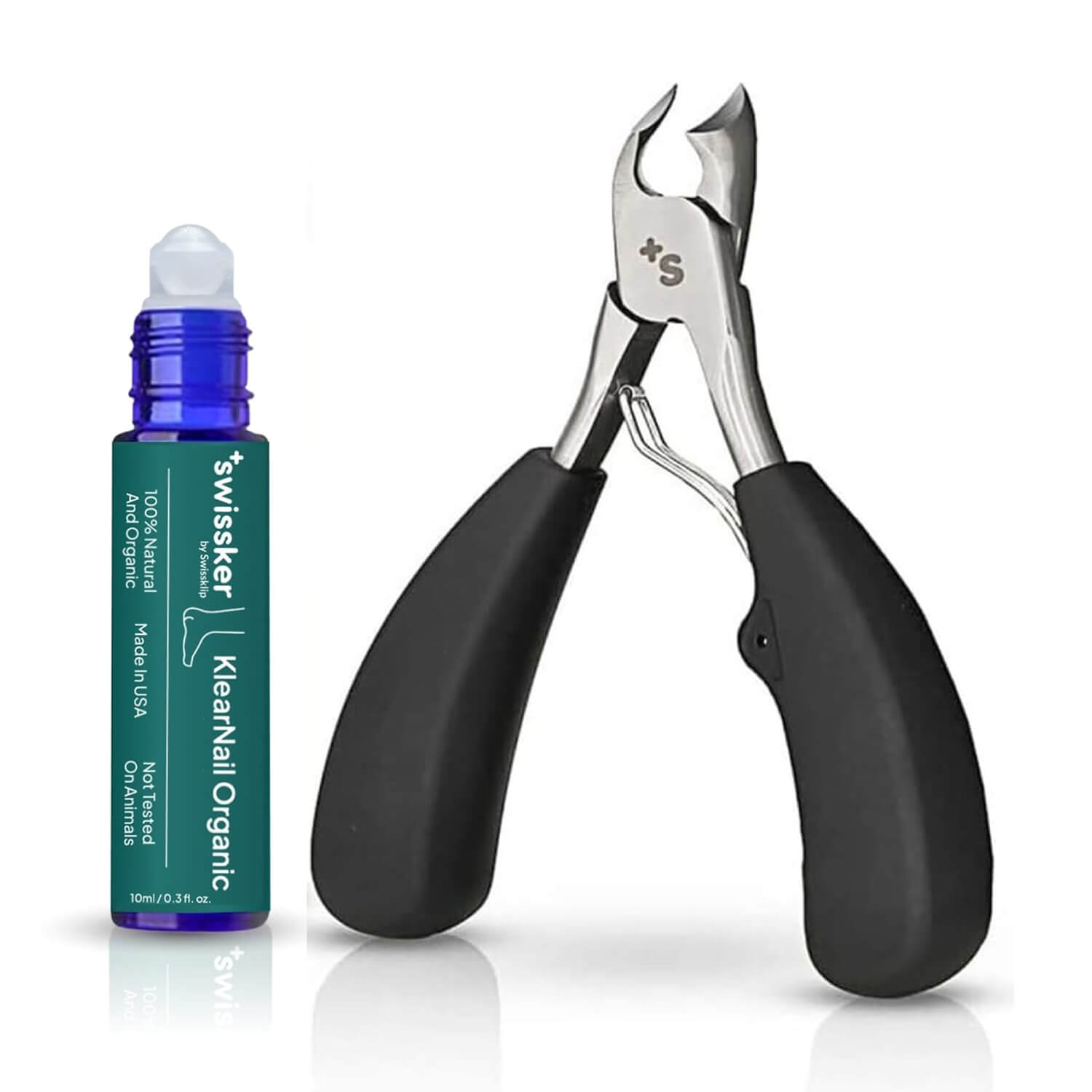

Can Nail Fungus Spread To Skin? Prevention And Treatment Tips
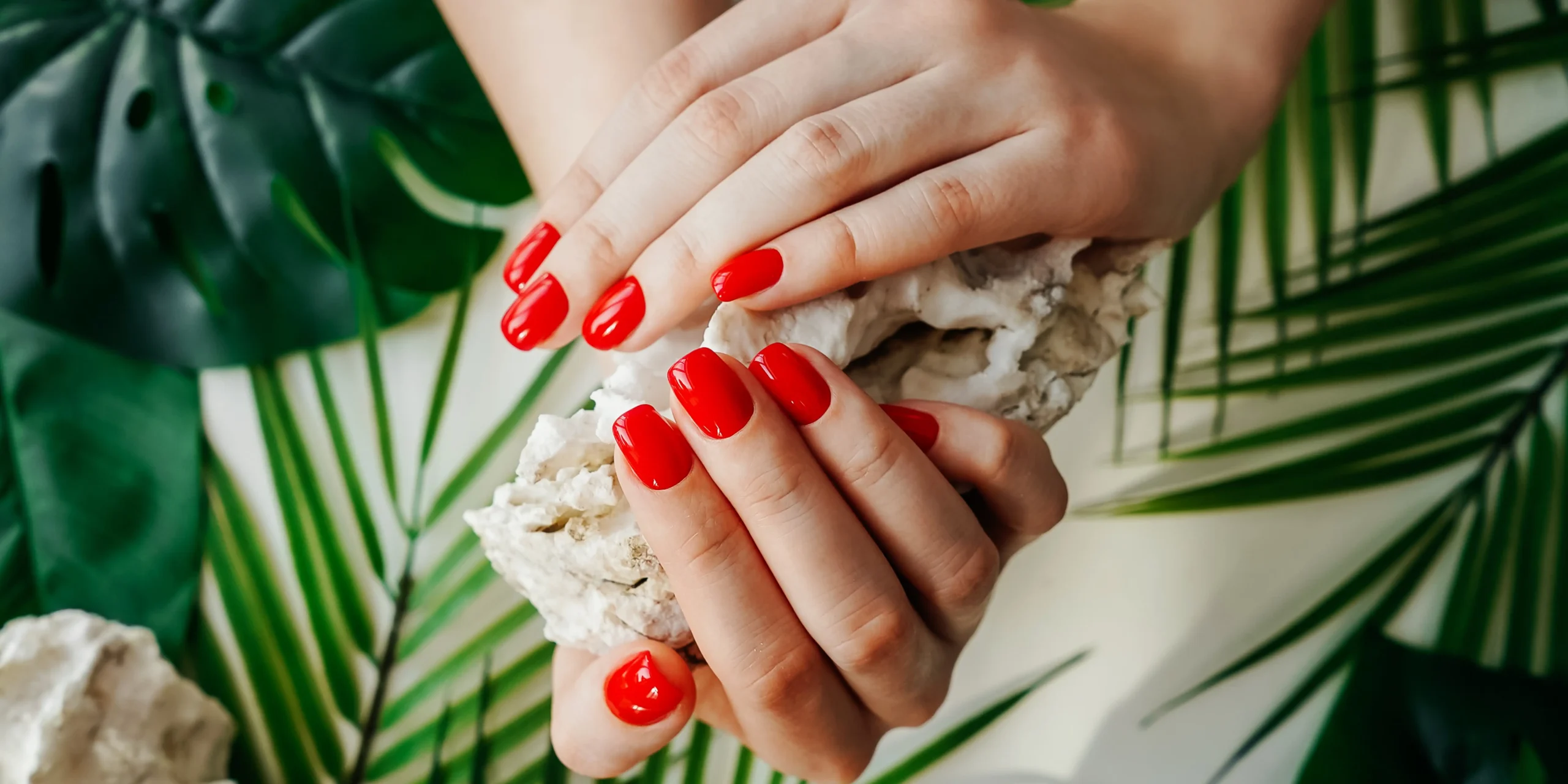

Everyone wants beautiful natural nails that are both strong and healthy. Discover how to make your nails stronger with these 12 essential tips
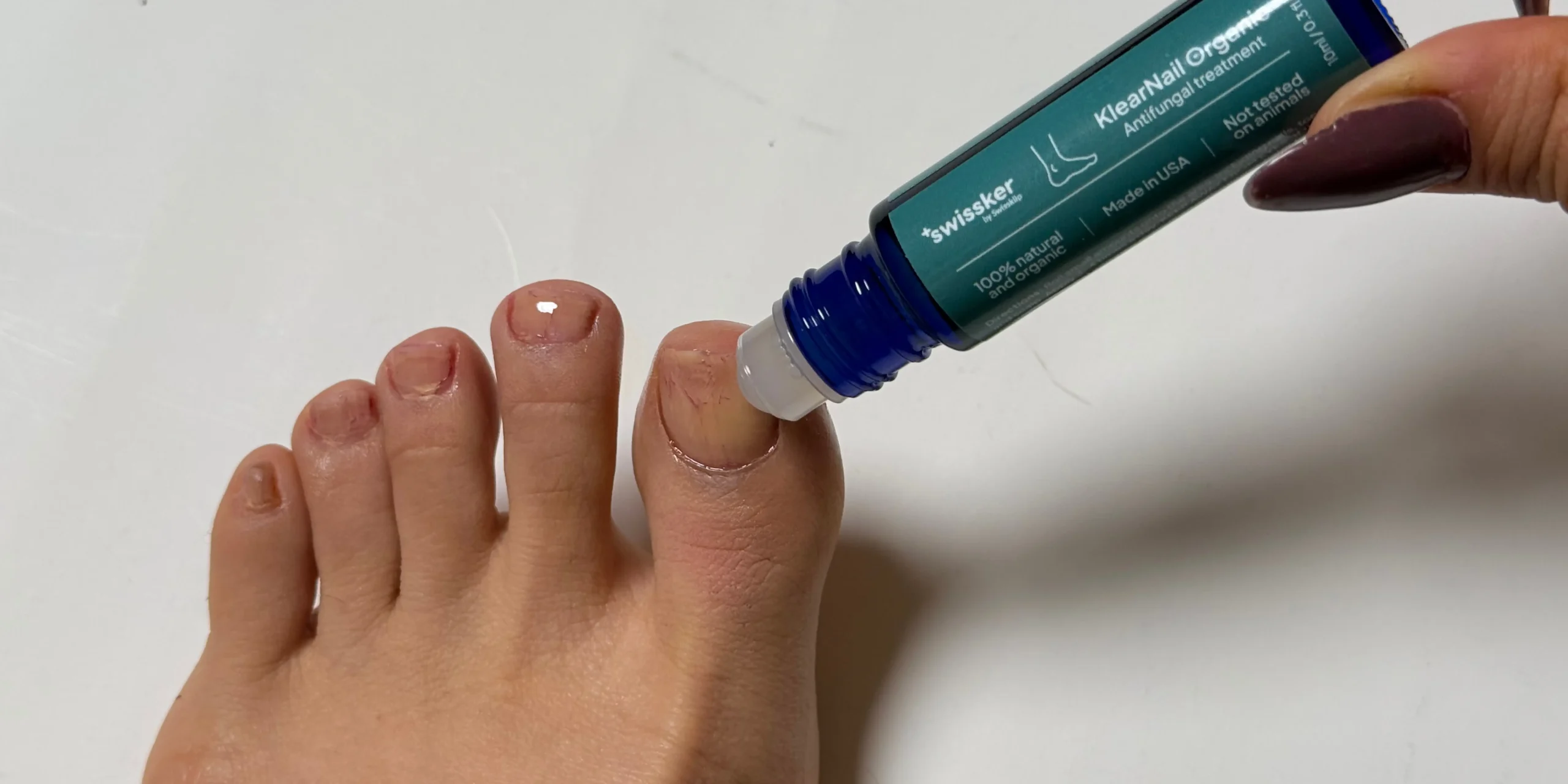

Have you ever wondered how to kill toenail fungus permanently? Find out how you can eliminate toenail fungus for good in an easy way